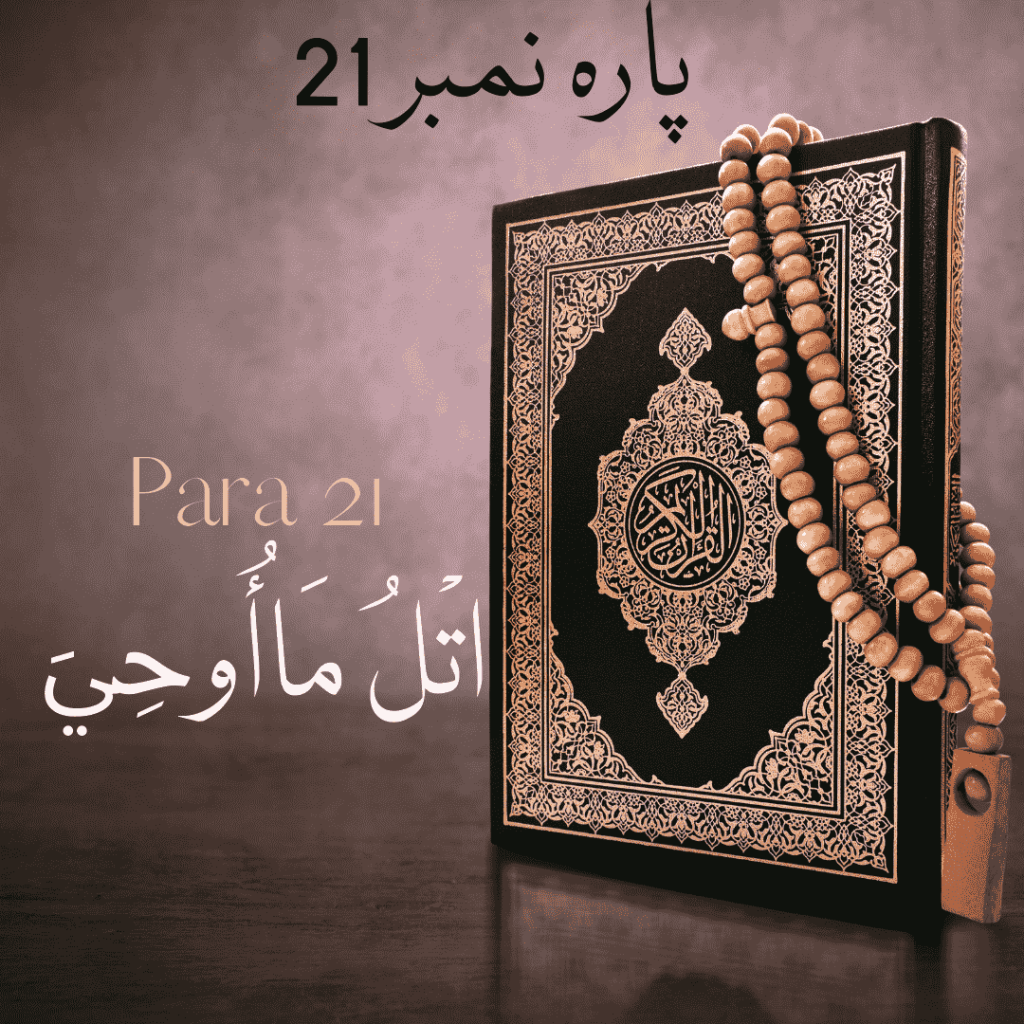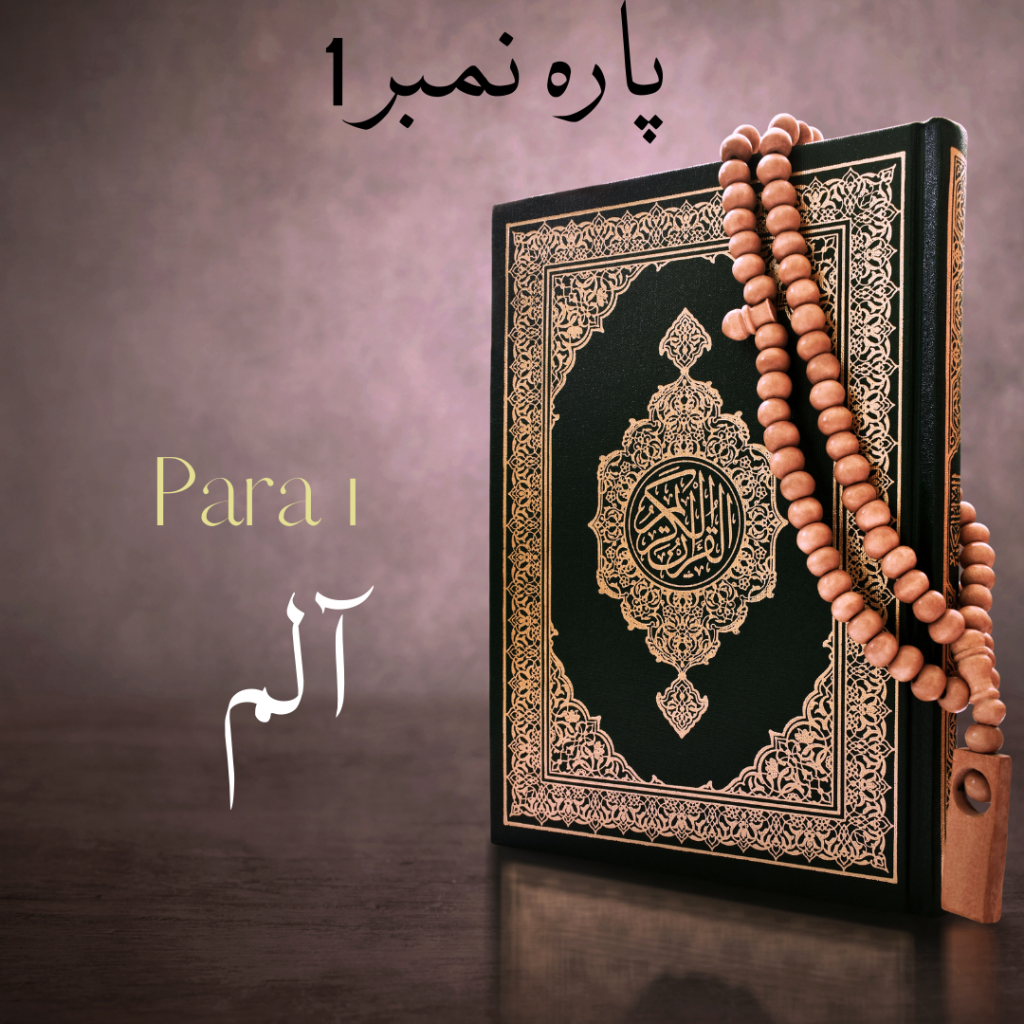Read Online Quran Para 15
In Quran para 15 or juz 15 , there are two surahs, the first surah is Surah Bani Israel (Al_Isra) the second surah is Surat al-Kahf.
Juz 15 commences with a late Makkan surah that briefly recounts the Prophet’s miraculous Ascension. This extraordinary night journey involved traveling from Makkah to Jerusalem and then ascending to celestial heights, culminating in the Divine Presence. The journey symbolizes the timely nature of the Prophet’s message for the world and signifies the forthcoming glory of Islam. The Ascension occurred on the 27th of Rajab, 17 months prior to the Hijrah during the year of sorrow. The purpose of this two-part journey was to reveal Divine signs to the Prophet.
Main topics discussed in para 15
Surat al-Isra’- The Ascension
Juz 15 commences with a surah revealed in the later Makkan period, briefly recounting the miraculous Ascension of the Prophet Muhammad (peace be upon him). This extraordinary night journey took him from Makkah to Jerusalem and then through the celestial realms, culminating in the Divine Presence. The journey signifies the timely arrival of the Prophet’s message for all humanity and foreshadows the eminent glory of Islam. The Ascension occurred on the 27th of Rajab, 17 months prior to the Hijrah during the year of sorrow. The purpose of this two-phased journey was “to show him Our signs.”
This Surat covers the following main points
- The news of Bani Israel disturbance twice
- Everything describes the glorification of Allah
- Also a reminder of Satan’s hostility to humanity
- Narration of Miraj from Masjid al-Haram to Masjid al-Aqsa
Surat al-Kahf – The Cave
Juz 15 proceeds with a Makkan surah that contrast the characteristics of the spiritual and material realms—one enduring and the other fleeting, one visible and the other unseen. Humanity is enticed by the allure of the material world yet often overlooks the significance of spiritual existence. These comparisons are exemplified through five narratives, each accompanied by concise and enlightening commentary that evokes reverence, magnificence, and grandeur towards Allah. The five narratives are:
- The narrative of the sleepers in the cave highlights courageous young men of unwavering faith who stood firm against societal corruption, even forsaking their families to preserve their beliefs under an oppressive ruler. This account showcases Allah’s power of resurrection, demonstrating His ability to bring the deceased back to life.
- The tale of the poor man and the wealthy individual exposes the traits of the selfish, insensitive, and callous rich man, illustrating his readiness to engage in conflict over material possessions.
- The account of Adam (peace be upon him) and Satan offers insights into the origins of spiritual affliction.
- The story of Musa (Moses, peace be upon him) and Khidr, the wise sage, delves into the concept of serendipity—encountering unexpected discoveries and grasping insights beyond one’s initial quest.
- The narrative of Zulqarnayn, the powerful ruler, challenges the notion that spiritual growth requires abandonment of the worldly realm. Instead, it emphasizes that Paradise is attained through Allah-consciousness, not through renunciation of worldly matters.

